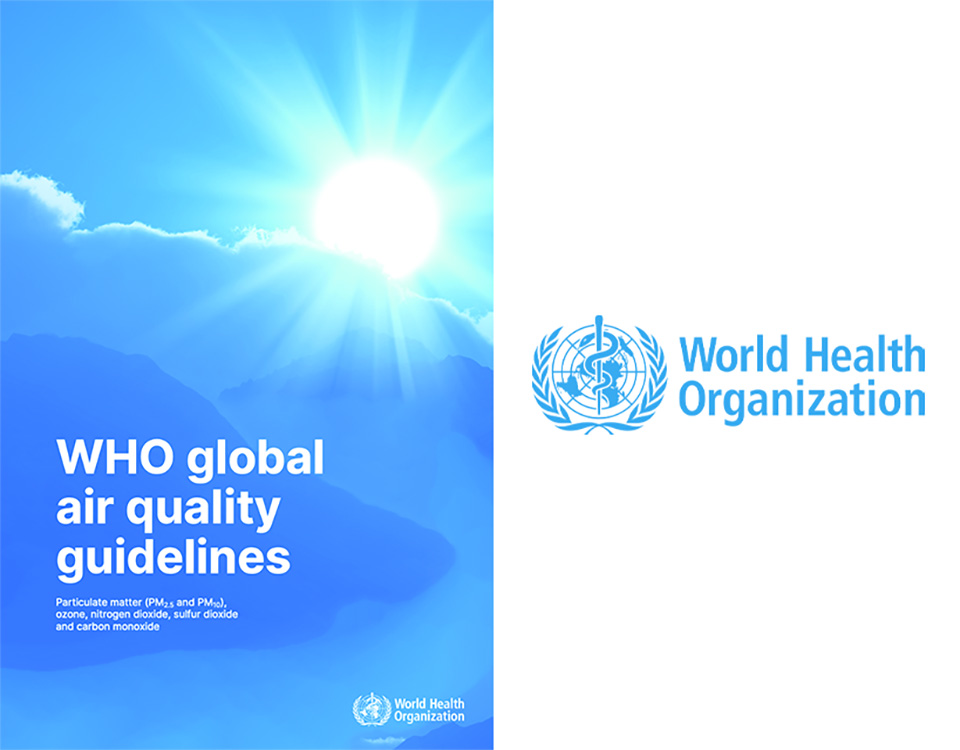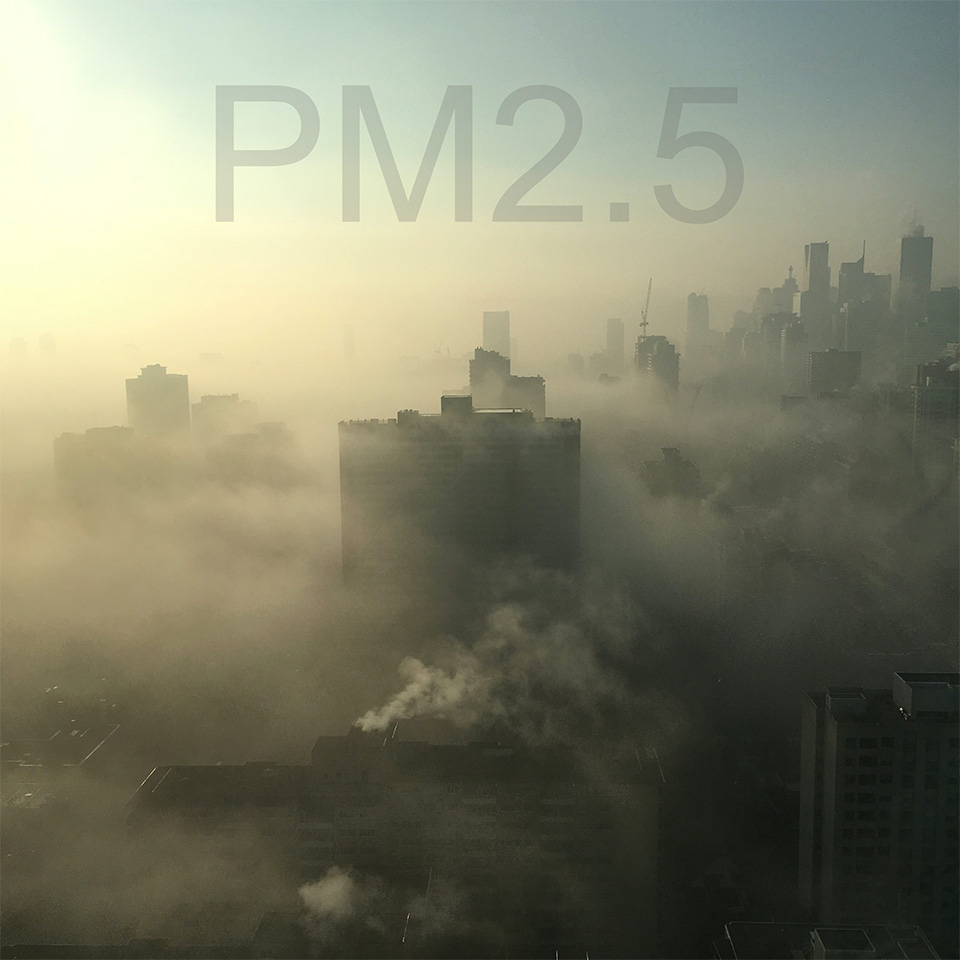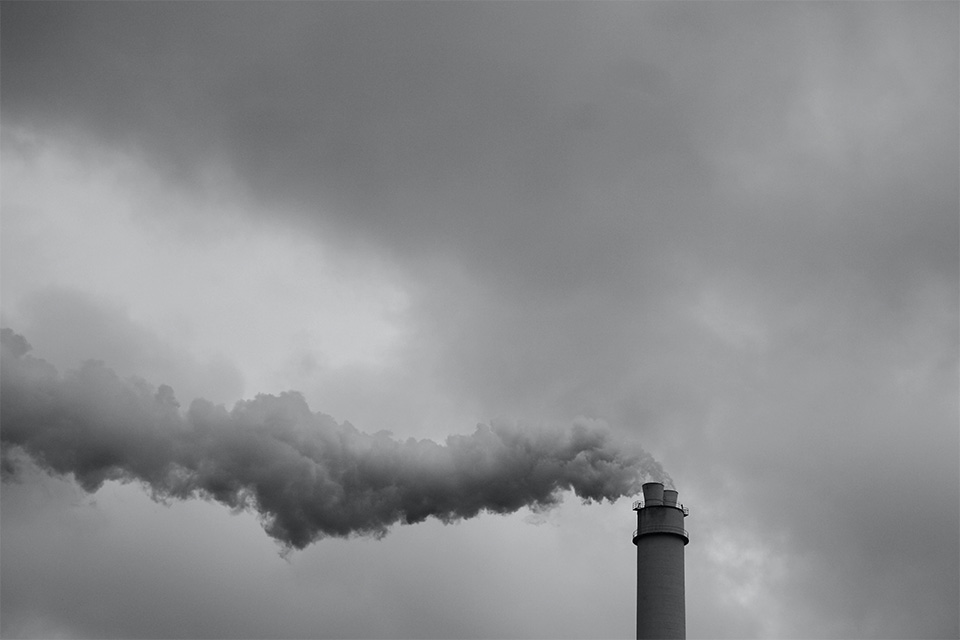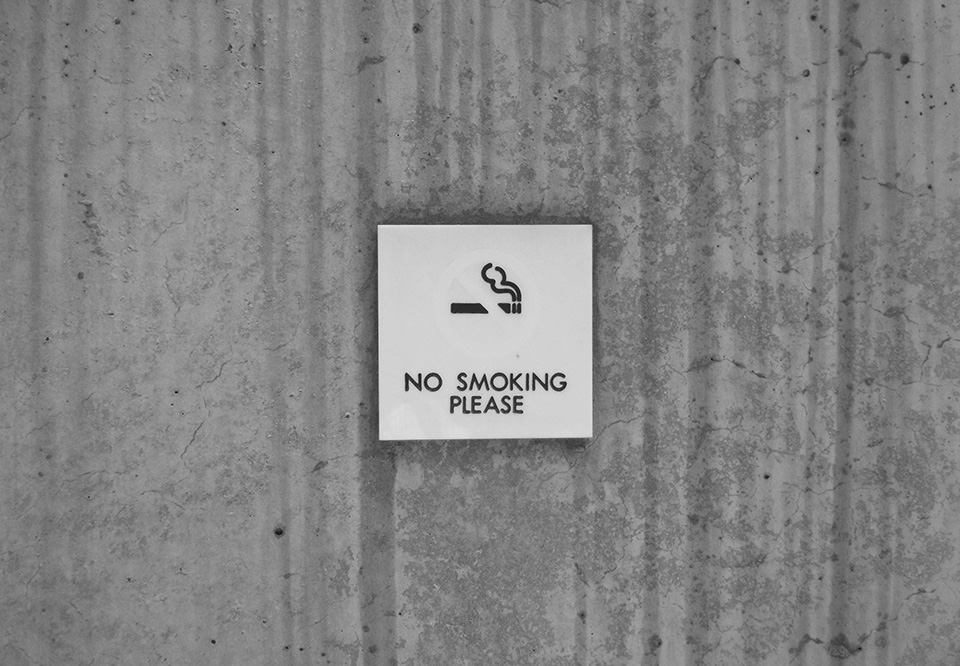Interpreting WHO Air Quality Guidelines for PM2.5 & Comparing IAQ Targets by different Building Standards

Through the COVID-19 pandemic, we’ve gained a deeper understanding of air as an important vector for disease transmission. Concurrently, recurring natural disasters like wildfires in North America have heightened our awareness regarding the impact of air pollution on human health. Therefore, air quality has become an increasingly notable and discussed topic in our daily lives.

Photo by Jimmy Jin on Unsplash
In response, World Health Organization (hereinafter referred to as WHO) released the updated Global Air Quality Guidelines (hereinafter referred to as AQG) in 2021, providing comprehensive guidance for addressing air quality challenges.
In this article, we'll do a deep dive into the section devoted to the guidance on PM2.5. Additionally, we will compare PM2.5 requirements across mainstream building standards to explore their approaches to air quality.
The Threats of PM2.5
PM2.5 refers to particles with a diameter of 2.5 micrometers or less. These invisible particles can easily infiltrate our respiratory systems and circulatory systems, triggering a range of health issues including cardiovascular diseases and lung cancer.

Photo by Kristen Morith on Unsplash, Edited by Ryan Ni
Initially, discussions surrounding PM2.5 were largely confined to Asian countries like China and India. However, with the increasing frequency of wildfires, the discussions around PM2.5 has gradually extended to regions such as North America and Australia.
"Take the California wildfires in 2020 as an example; the state's average PM2.5 concentration increased by 358% when compared to 2019."
- Data from Kaiterra
This phenomenon emphasizes the necessity to consider PM2.5 beyond specific regions, as it has evolved into a global imperative.
What is "WHO Global Air Quality Guidelines"
WHO’s AQG, widely recognized as an authoritative guide for air quality, debuted in 2005. This comprehensive guidebook establishes thresholds and limits for key air pollutants that pose health risks, providing a scientific foundation for countries to formulate policies related to air quality.
AQG was developed targeting countries and governments with a focus on outdoor air quality. AQG introduces two powerful guidelines for air quality:
Annual Average vs 24-hour Average
Interim Targets
Annual Average vs 24-hour average establishes different air quality targets depending on the duration of exposure, while interim targets offer governments and countries targets that can be used progressively to achieve good air quality.

Photo by WHO, Edited by Ryan Ni
As global data on air pollution and research on the health effects of air pollutants continue to develop, WHO initiated an update to the 2005 edition of AQG in 2016 and released a new version 5 years later in 2021.
In this latest edition of AQG (for this deep dive, we will specifically focus on PM2.5 only), WHO introduced a new interim target (Interim Target 4) and revised AQG thresholds (for annual average, 10 μg/m3 —> 5 μg/m3, and for 24-hour average, 25 μg/m3 —> 15 μg/m3), aligning the new AQG more closely with the current global situation.
Annual vs 24-Hour Average
“Both long- and short-term particle exposures can be linked to health problems. For instance, long-term exposures can lead to issues like reduced lung function and chronic bronchitis, while short-term exposure might trigger sudden illnesses such as asthma or acute bronchitis.”
- U.S. National Park Service
AQG scientifically divides the concentration limits of PM2.5 into two based on the duration of exposure: "Annual Average" and "24-Hour Average".

Photo by WHO, Edited by Ryan Ni
In practice, the "Annual Average" is more suitable for governmental reference and outdoor air quality. This metric can reflect the long-term exposure to PM2.5 pollution in people's daily lives, providing support for assessing the development of chronic diseases and potential long-term health risks. Governments can formulate policies based on "Annual Average" data to ensure the country's air environment maintains appropriate concentration levels.
On the other hand, the "24-Hour Average" is better suited for short-term and emergency actions. The metric is particularly sensitive to short-term air quality fluctuations and unexpected events like wildfires, enhancing the capacity to notify and respond to sudden occurrences. Additionally, leveraging the "24-Hour Average" as a reference for enhancing indoor air quality is extremely useful for businesses, organizations, and individuals. Since indoor air quality can be controlled, maintaining indoor air quality demonstrates a company's or organization's commitment to the health of their employees.
Considering both metrics when assessing indoor air quality in built environments provides a comprehensive perspective and empowers indoor environments to evaluate indoor air quality from the perspective of long-term outdoor air quality patterns via the "Annual Average" and immediate responses of air quality systems via the "24-Hour Average". The two timeframes enable buildings and indoor environments to address challenges arising from different seasons like sandstorms in the spring or urgent situations like wildfires in the summer and this approach allows the formulation of relevant strategies to safeguard the health of occupants effectively.
Interim Target
Expecting developing countries to reach the concentration recommended by AQG in a short period is impractical. For example, in 2022, the annual average of outdoor PM2.5 concentration in New Delhi was 99.7μg/m3, making it an impossible task to meet AQG's recommended concentration of 5 μg/m3.

Photo by piet keitel on Unsplash
Given such realities, AQG introduces the concept of "Interim Targets" to break down the process of air quality improvement into phased objectives, enabling more feasible management of air pollution within a specific timeframe and laying the foundation for long-term air quality enhancement.

Photo by WHO, Edited by Ryan Ni
"Interim targets are more applicable to countries facing severe air quality issues". These nations might struggle to achieve ideal air quality standards within a limited timeframe. To mitigate the impact of air pollution on human health, it's necessary to establish phased objectives during the improvement process to gradually reduce pollution levels. Therefore, interim targets can be more effective and relevant in the following areas:
Regions with High-Pollutant Level: These are cities or areas with complex pollution sources and higher concentrations of pollutants.
Emerging Economies: Certain emerging economies may encounter deteriorating air quality alongside rapid economic growth.
Regions Requiring Long-Term Improvement: These areas could be constrained by factors like geography and climate, leading to challenges in improving air quality.
"Interim Targets", functioning as a flexible approach, allow countries to establish progressive measures in alignment with their unique circumstances and resources, building a dynamic framework for sustained air quality enhancement.
IAQ Targets by Building Standards
Aside from WHO’s AQG, air quality thresholds are also established by building standards based on considerations for occupant health within built environments. Below is a table comparing the thresholds of a couple well-known building standards:
In the table above, you will notice that for LEED and WELL, there are two numbers. This is because they take regional differences into account when it comes to PM2.5 requirements. In regions with more severe outdoor pollution, LEED and WELL have set requirements of below 35 μg/m3 and 25 μg/m3 respectively; whereas in areas with better outdoor air quality, the standards are below 12 μg/m3 and 15 μg/m3 respectively. (LEED Reference:LEED v4.1 Interior Design and Construction P64.;WELL Reference)
Fitwel keeps it simple by using only one indoor air quality target on assessing whether indoor air quality meets suitable concentrations for human health with 12 μg/m3.(Fitwel Reference)
The one thing missing from these 3 standards is specification around exactly how a project should compile its data to be compared against established targets.
RESET Air sets two targets, an "Acceptable Target" and a "High-Performance Target", due to considerations around regional differences as well. RESET Air requires ongoing continuous monitoring and the targets are used as pass/fail thresholds for indoor air quality data that is compiled into a daily average. When comparing against WHO’s AQG, RESET Air’s targets for indoor air quality more closely resembles the 24-hour average targets for short-term exposure.
The "Acceptable Targets" and "High-Performance Targets" are not officially set per region to allow for more flexibility, so projects can choose for themselves which target threshold their project will be calculated against. At the very minimum, every RESET Air Certified project must meet the target threshold limits outlined under "Acceptable Targets", while the "High-Performance targets" are designed for endeavors pursuing more rigorous indoor air quality goals. In regard to PM2.5 measurements, indoor PM2.5 levels cannot exceed 35 μg/m3 and 12 μg/m3 based on "Acceptable Targets" and "High-performance Targets" respectively.
Reducing Indoor PM2.5 Concentration
For indoor environments, there are proactive steps we can take to effectively reduce indoor PM2.5 concentrations and create a healthier living environment. First and foremost, investing in indoor air filtration is essential. Filtration can clean indoor spaces of dust and particulates, and is the most efficient method to lowering indoor PM2.5 levels. In scenarios where the indoor PM2.5 levels are higher than outdoor, diluting it via ventilation can also help (i.e. utilizing exhaust fans in kitchens and bathrooms to remove particulates generated from cooking and other activities).

Photo by Lucas Hoang on Unsplash
Another impactful strategy involves being mindful of indoor pollution sources. For instance, refraining from smoking indoors can significantly curb PM2.5 levels, as tobacco smoke is a known contributor. Furthermore, being cautious with activities that involve combustion, such as using candles or incense, can help prevent the release of particulates into the indoor air.

Photo by Possessed Photography on Unsplash
By adopting these practices, you can play an active role in minimizing indoor PM2.5 concentrations and fostering a healthier living environment for yourself and other occupants.
About RESET Air
RESET® Air is the world’s first sensor-based, performance-driven building certification program where indoor air quality is monitored and measured in real-time. Buildings and/or spaces are required to consistently maintain healthy indoor air quality at all times, as defined by the Standard. RESET Air is comprised of comprehensive standards for hardware or sensor performance, installation, maintenance and data communication. Learn more about the RESET Air Standard here: https://reset.build/standard/air.



